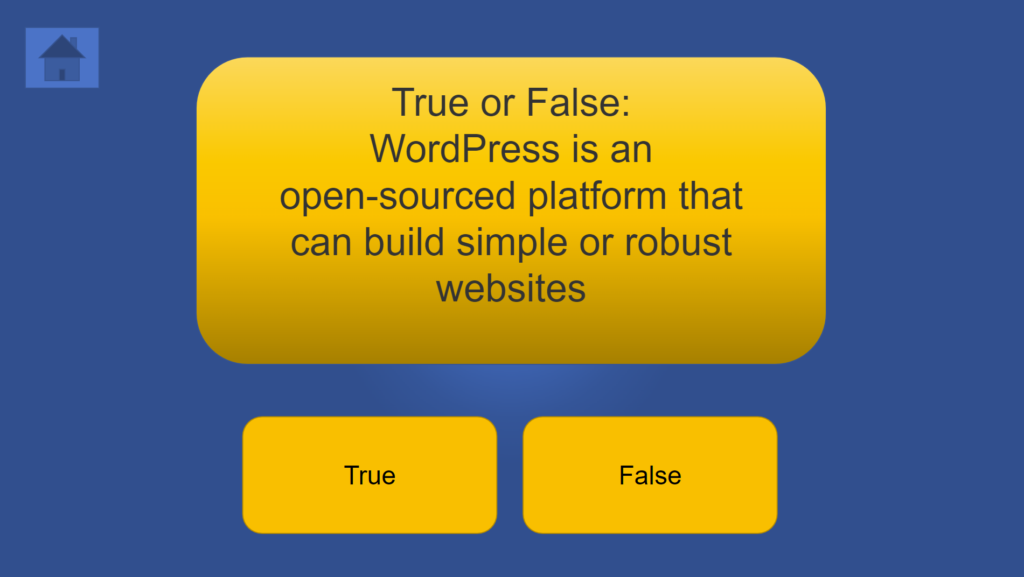
Gamification in Training

Why Add Gamification to Your Training?
In today’s rapidly evolving educational landscape, gamification has emerged as a crucial element in instructional design. Here are a few key reasons why:
- Enhanced Motivation
- Increased Engagement
- Improved Retention
- Immediate Feedback
- Collaborative Learning
Increased Engagement
Gamification transforms traditional learning methods by incorporating game-like elements such as points, badges, and leaderboards. This shift can significantly boost learner engagement, making the experience more enjoyable and immersive. When learners are actively participating rather than passively absorbing information, they are more likely to stay focused and invested in their education.
Enhanced Motivation
When learners are rewarded for their efforts, whether through achievements or progress tracking, their motivation levels can soar. Gamified elements tap into intrinsic motivators, encouraging learners to challenge themselves and strive for mastery. This sense of accomplishment can propel them forward, fostering a growth mindset.

Improved Retention
Research shows that people tend to remember information better when they’ve engaged with it in a meaningful way. Gamification promotes active learning, helping learners internalize concepts through practical application. Interactive scenarios, quizzes, and problem-solving challenges can reinforce knowledge and facilitate long-term retention.

Immediate Feedback
Gamification allows for immediate feedback, which is crucial for effective learning. When learners complete tasks or answer questions, they receive instant responses that help them identify areas for improvement. This real-time feedback loop encourages learners to adjust their strategies, fostering a more effective learning process.
Collaborative Learning
Incorporating gamified elements can also promote collaboration among learners. Group challenges, team competitions, and shared goals encourage interaction and communication, helping to build a sense of community. This collaborative environment not only enhances learning outcomes but also develops essential teamwork skills that are valuable in professional settings.
Conclusion
Gamification is more than just a trend; it’s a powerful tool in instructional design that enhances engagement, motivation, retention, feedback, and collaboration. By embracing gamified approaches, educators can create dynamic learning experiences that resonate with today’s learners, preparing them for success in an increasingly complex world.
